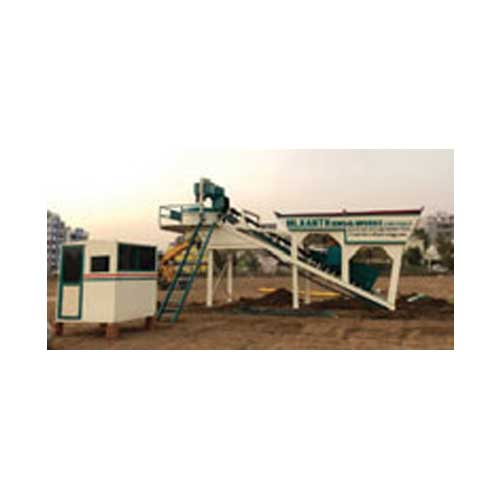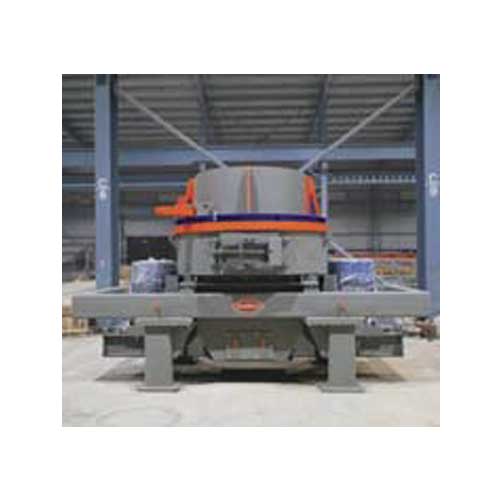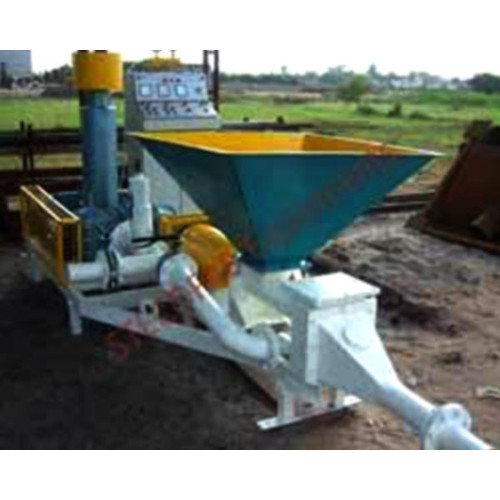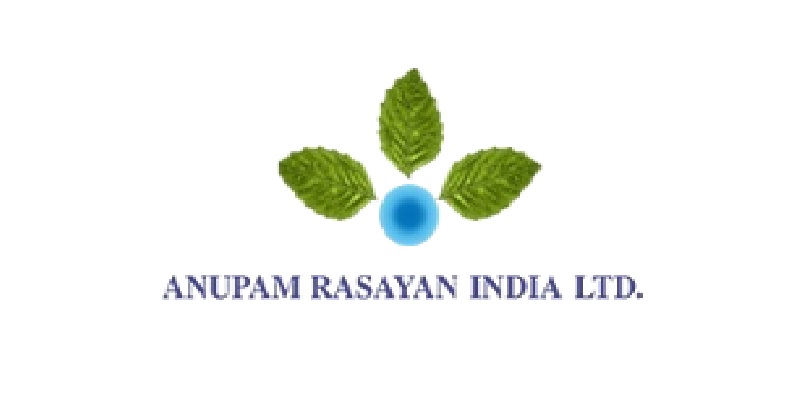Schedule a Call Back
Indian firms to spend Rs 1 trillion on maintenance capex
 Technical Articles
Technical Articles- Nov 01,17

Related Stories

TIL Launches Three Indigenous Material Handling Innovations at EXCON 2025
TIL unveils three advanced, fully indigenous material handling products at EXCON 2025, reinforcing its focus on safety, engineering excellence, and India-ready innovation.
Read more
Vingroup to Invest $ 3 Billion in Telangana to Build Integrated Smart Ecosystem
Vingroup and Telangana sign a $ 3 billion MoU to develop a large-scale smart, green, multi-sector ecosystem spanning urban development, mobility, energy and social infrastructure.
Read more
Reimagining Project Management in India’s Construction Sector
While infrastructure investments have surpassed $ 850 billion in India, nearly 60 per cent of projects suffer cost or schedule overruns. Hence, it is important to drive efficiency, collaboration, an..
Read moreRelated Products

Compact Concrete Batching Plant
Nilkanth Engineering Works offers a wide range of compact concrete batching plant. Read more

Impactor Crushers
Buildmate Projects Pvt Ltd offers a wide range of vertical
shaft impactor crushers.

Cement Feeding System
Amruta Engineers offers a wide range of cement feeding systems.














